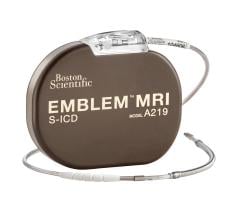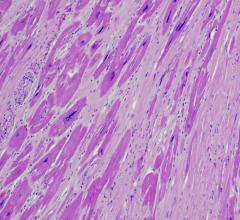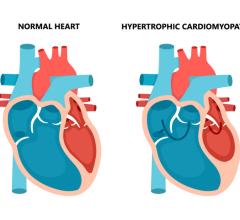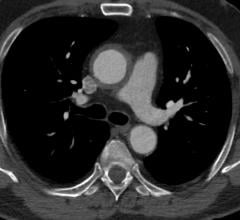Boston Scientific Corp. announced two-year results from the TAXUS V In-Stent Restenosis (ISR) trial, demonstrating that the TAXUS Express2 paclitaxel-eluting coronary stent system met its primary endpoint in the treatment of in-stent restenosis - the regrowth of diseased tissue into a previously stented artery utilizing bare-metal stents - compared to vascular brachytherapy. The Company made the announcement at the annual American College of Cardiology Scientific Session in New Orleans.
Vascular brachytherapy, the placement of small radioactive pellets inside the vessel, is the only currently approved treatment for in-stent restenosis. Bare-metal stent restenosis occurs in roughly 25 percent of patients and is a difficult condition to treat and can result in adverse events.
The TAXUS V ISR trial is a prospective, randomized, open-label trial studying 396 patients at 37 centers across the U.S. Previously reported nine-month results demonstrated that the TAXUS Stent resulted in clinically and angiographically statistically significant outcomes in the treatment of in-stent restenosis compared to brachytherapy.
TAXUS V ISR met its primary endpoint of target vessel revascularization (TVR), or re-intervention. The study showed that compared with brachytherapy, the TAXUS Stent significantly reduced the overall rate of TVR at two years from 27.5 percent to 18.1 percent (p=0.0346) and the overall target lesion revascularization (TLR) rate from 21.6 percent to 10.1 percent (p=0.0031).
The study also demonstrated a 19.7 percent rate of Major Adverse Cardiac Events (MACE) for the TAXUS Stent group, compared to 29.5 percent for the control group (p=0.0296). Rates of cardiac death or myocardial infarction (MI) were lower in the TAXUS Stent group at 4.7 percent, compared to the brachtherapy group at 7.5 percent. Rates of target vessel thrombosis were also lower in the TAXUS Stent group at 2.7 percent, compared to the brachtherapy group at 3.8 percent. Target vessel thrombosis was defined as an acute coronary syndrome with angiographic documentation of either vessel occlusion or thrombus within the target vessel, or in the absence of angiographic confirmation, either acute MI in the distribution of the treated vessel or cardiac death within 30 days.


 May 18, 2024
May 18, 2024 








